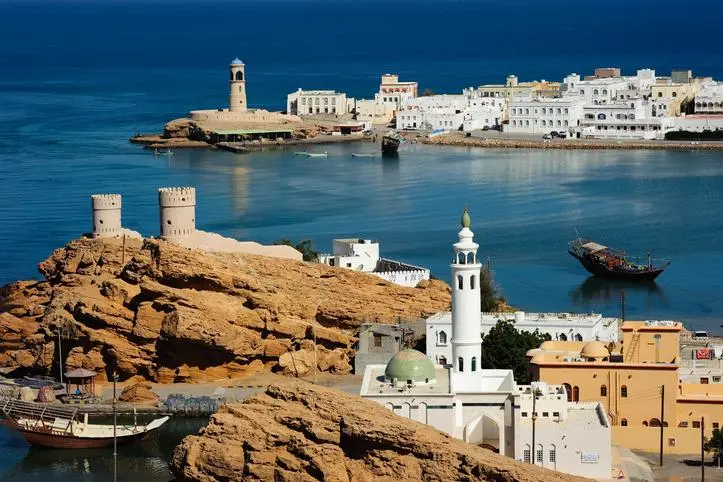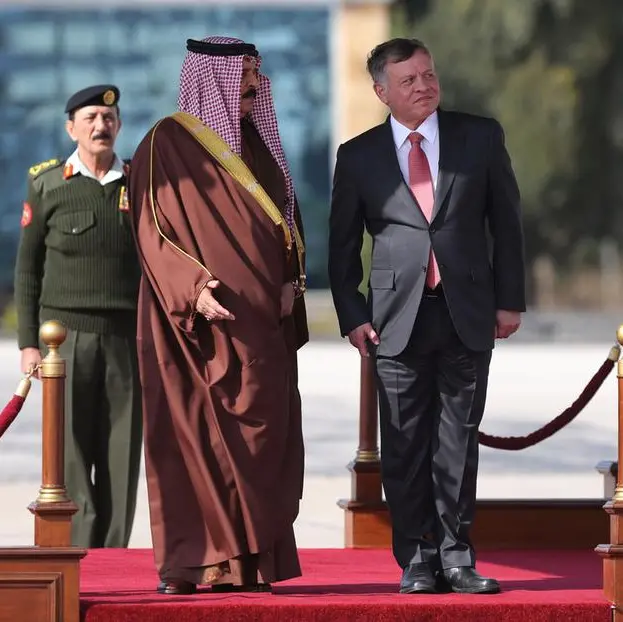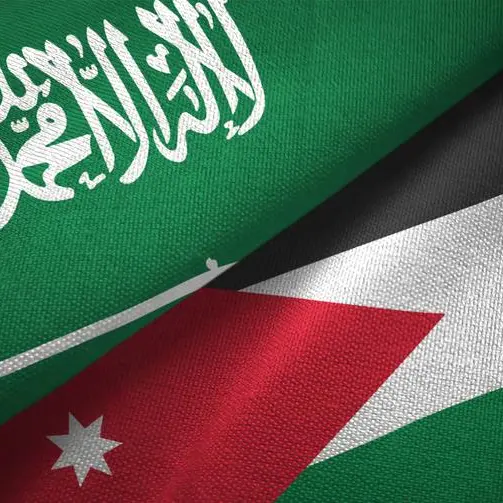PHOTO
Oman’s current account deficit will narrow in 2018 and 2019 as higher oil prices boost the value of exports, according to Fitch Solutions.
While the Gulf state’s fast-growing tourism sector also offers an upside to services exports, increasing infrastructure and transportation demands will offset this, the macro research company said in note published on Friday.
The note said while external stability is expected to remain intact under current conditions, diminished external buffers render Oman especially exposed to currency pressures, compared to other Gulf states.
“We now forecast the C/A (current account) deficit at 7.7 per cent of GDP in 2018 and 6.4 per cent in 2019, from 9.7 per cent and 7.1 per cent previously, primarily on the back of higher oil price forecasts,” the note said.
Crude oil continues to dominate Oman’s external sector, accounting for 50-65 per cent of goods exports, with Fitch Solutions forecasting that Brent crude will reach an average price of $88.00 per barrel in 2019, compared with $58.40 per barrel in 2017, which is expected to have a strong, positive impact on export flows.
A $2.1 billion expansion of the oil refinery at Sohar has also generated momentum to refined oil exports, the note added.
There is also expected to be an uptick in government spending as oil prices continue to rise.
“With fiscal policy a fundamental driver of economic confidence and growth, we believe this implies import demand will strengthen over the coming quarters,” the note said.
“We expect a particularly strong impetus from fixed investment, given that government capital expenditure is set to rise after a multi-year contraction; this forms part of an ambitious economic diversification agenda, including ongoing mega projects such as the $7 billion Duqm Refinery and Petrochemicals Complex. As import volumes grow, we expect oil-related gains will be partly offset, precluding a more drastic improvement of the trade balance.”
Oman is currently one of the Gulf states most exposed to external shocks, for example an oil price slump, according to the note, with sovereign wealth fund reserves at 37 per cent of gross domestic product (GDP) compared to the United Arab Emirates’ 292 per cent of GDP.
A report published last Wednesday by the Institute of Chartered Accountants in England and Wales, citing IMF figures, stated that Oman requires an oil price of $77.10 per barrel to reach fiscal breakeven point under its current budget.
“Only Bahrain has weaker fundamentals, although with a much stronger guarantee of Gulf economic support, as evidenced by the June announcement of a fiscal support programme by Kuwait, Saudi Arabia and the UAE,” the Fitch Solutions note concluded.
Further reading:
- Oman to attract $50bln in tourism investment by 2040
- Show me the money: Outlook for Oman's banking system worsens
- Oman in talks with banks about loan and bond: sources
- Middle Eastern sovereigns eye loans in fundraising drive
(Writing by Imogen Lillywhite; Editing by Michael Fahy)
(Imogen.lillywhite@thomsonreuters.com)
Our Standards: The Thomson Reuters Trust Principles
Disclaimer: This article is provided for informational purposes only. The content does not provide tax, legal or investment advice or opinion regarding the suitability, value or profitability of any particular security, portfolio or investment strategy. Read our full disclaimer policy here.
© ZAWYA 2018












